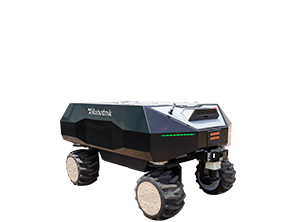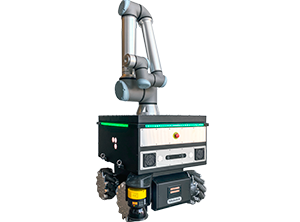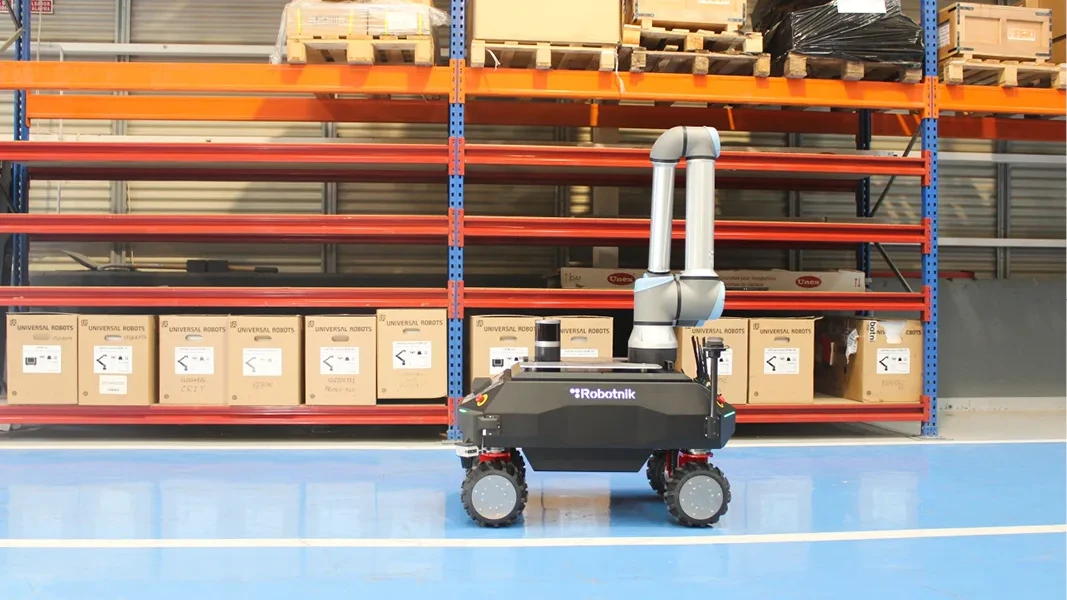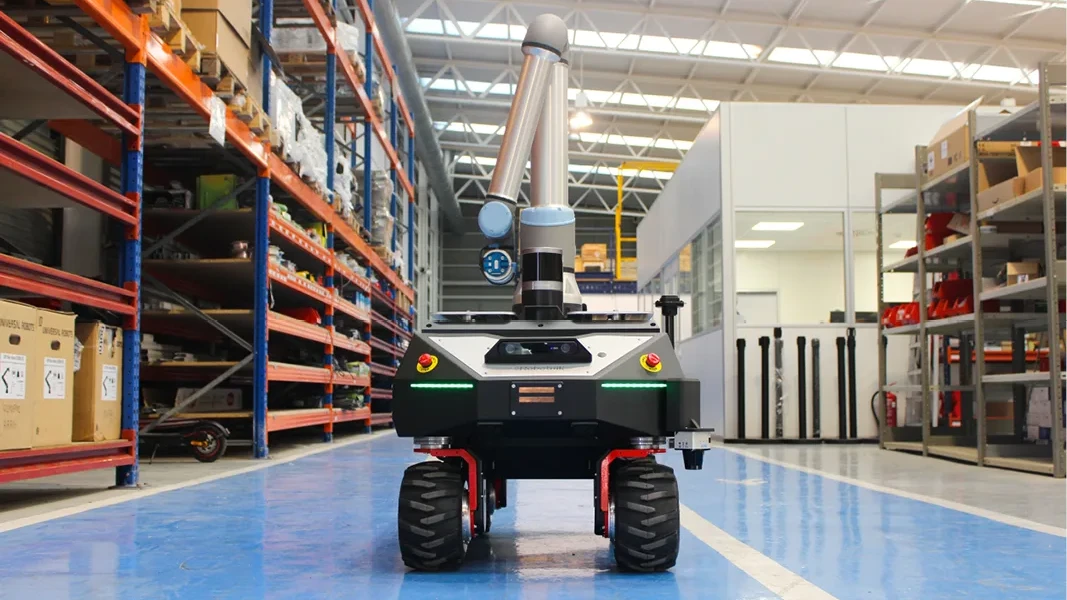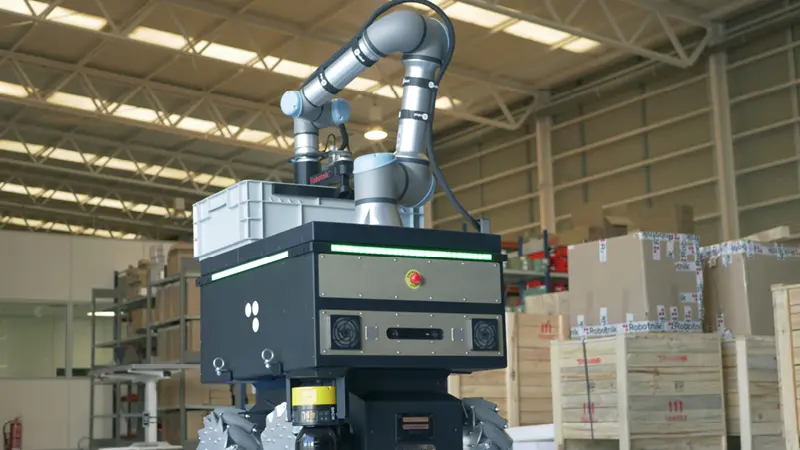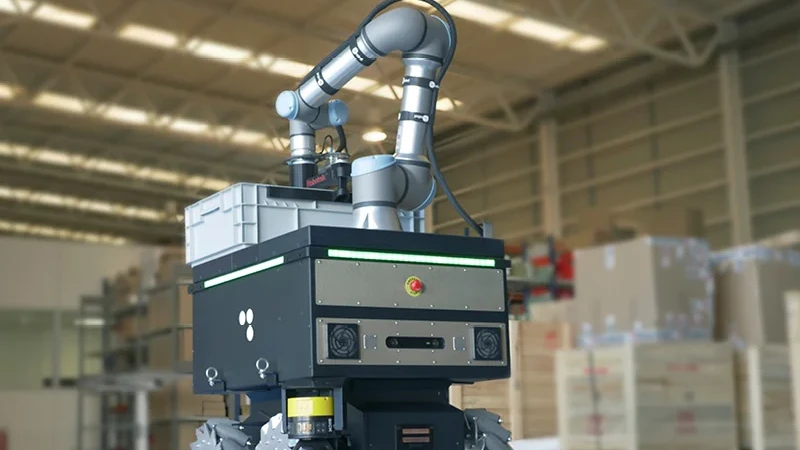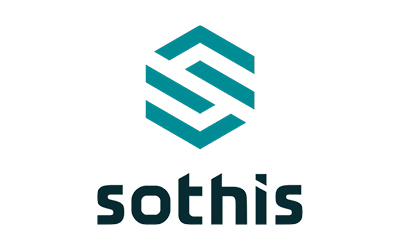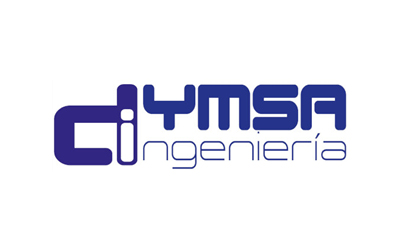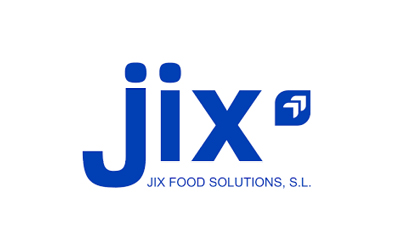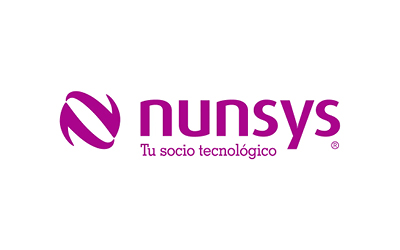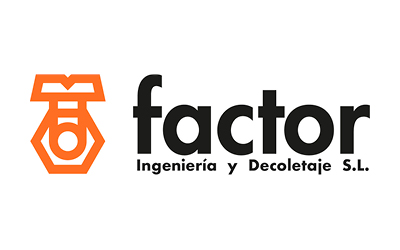SMART MACHINE
Development of a new advanced interoperability platform that allows intelligent Human-Machine communication for Industry 5.0
The Smart Machine project arises from the need to address several critical challenges faced by modern industries in the context of technological evolution and increasing demands for efficiency, safety and sustainability.
On the one hand, industries operate with a variety of devices and systems that use different communication protocols, making it difficult to integrate and manage efficiently, leading to operational inefficiencies and redundancies that drive up costs and decrease overall production efficiency.
In addition, increasing competition and tight margins drive the need for more efficient systems that optimize resources and reduce labor costs.
Thus, the overall goal of Smart Machine is to facilitate interaction between humans and machines in industrial environments. To this end, an advanced interoperability platform will be developed that allows this integration in a seamless, intuitive and intelligent way that transforms the way in which industrial devices such as machines, robots or IoT devices interact with each other and, in turn, with operators through emerging technologies and innovative communication standards.
This comprehensive solution aligns the needs of Industry 5.0, prioritizing human-machine interaction and collaboration to foster a more dynamic and productive work environment to meet the demands of demand.
To achieve the general objective of this project, the following specific scientific-technical objectives have been defined:
- O1: Develop a communication system based on the standard Sparkplug protocol, which ensures interoperability between devices and machines by normalizing and defining operational data, eliminating the need for additional programming.
- O2: Create intuitive interfaces based on augmented reality and natural language to make it easier for operators to consult information, modify parameters and evaluate safety conditions.
- O3: Implement technological solutions that improve production efficiency, occupational safety and promote sustainable practices in the industrial environment.
- O4: Research tools so that industrial assets, such as machines and IoT devices, can self-discover and communicate autonomously, fostering a connected and autonomous environment.
ROBOTNIK IN THE PROJECT
Robotnik is responsible for adapting and integrating the project results into the robotic systems to ensure that the robots operate efficiently within the new infrastructure. This involves adjusting to the communication and operation needs defined by the Sparkplug software layer and the interfaces developed by the other consortium members.
Among the specific tasks carried out by the Robotnik team is the contribution, based on its experience in the manufacture and installation of industrial robots, to the definition of the necessary requirements for effective integration with middleware. We also provide knowledge in programming and configuration of robots, ensuring their integration with middleware and participating in the development and testing of interoperability in a controlled laboratory environment.
Robotnik is also collaborating in the creation of a database for training deep language model (LLM) systems, providing information and images of industrial operations. This includes developing a control agent and breaking down complete instructions into simple commands applicable to robots and their operations. In addition, he participates in the design of the platform’s architecture, ensuring that the data generated by the robots is accessible and properly integrated into the knowledge database.
Finally, Robotnik contributes to the design and assembly of the laboratory environment, carrying out interoperability tests to verify that the robots can communicate and operate alongside other industrial assets through middleware. It also validates the developed natural language assistant and organizes training sessions for operators on the use and maintenance of robots in the context of the new platform.
More projects
SMART MACHINE
